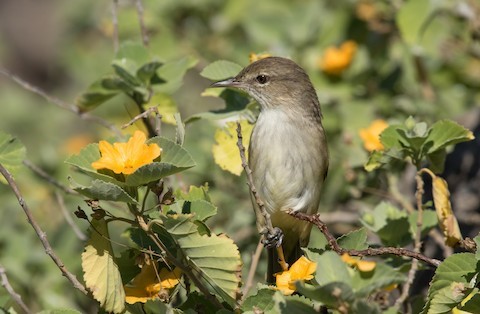Birdfinding.info ⇒ The Millerbird, named for a predilection for “miller” moths, is now apparently common on Laysan Island following its reintroduction there, and unpredictably common to rare on tiny, 170-acre Nihoa Island. These mid-oceanic islands are extremely remote and rarely receive human visitors except government employees during work assignments.
Millerbird
Acrocephalus familiaris
Endemic to Laysan and Nihoa Islands in the Northwest Chain of Hawaii.
The Laysan endemic subspecies (possibly a separate species), “Laysan Millerbird,” A. f. familiaris, was extirpated between 1915 and 1923, when introduced European Hares consumed most of the island’s vegetation.
In 2011 and ’12, a total of 50 Millerbirds were translocated from Nihoa and by 2014 the reconstituted Laysan population was estimated at 164.
The Nihoa population has been estimated through occasional surveys, and most estimates have been in the range of 200 to 800, but have dipped as low as 31 (in 1987). The surveys might not accurately measure the true population size and its variation, but clearly indicate that the Nihoa population is subject to some type of boom-or-bust tendency.
Identification
A typically-plumed, drab Acrocephalus reed-warbler with short wings and a somewhat longer-than-average bill and tail.
Often shows a strong yellowish wash on the sides and/or lower belly. Some individuals (juveniles?) have yellowish staining elsewhere, including the upperparts. (This coloration may have been more typical of the extirpated Laysan form—see photo of specimen below.)
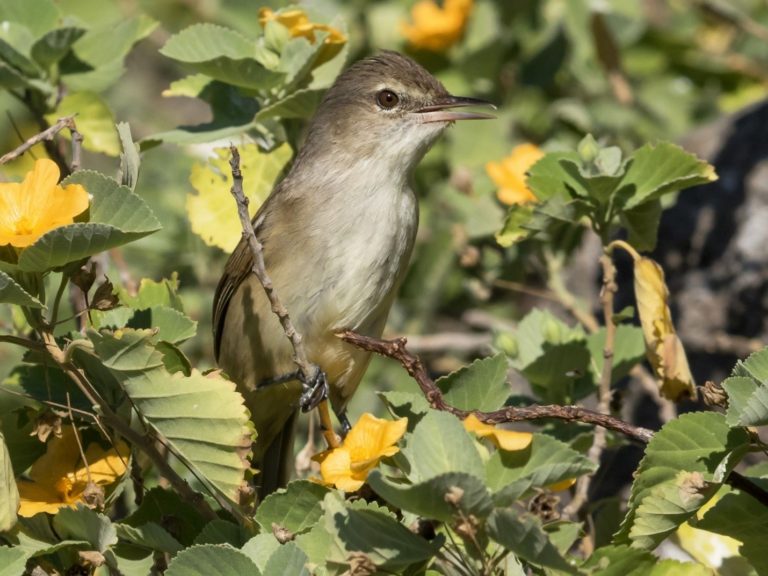
Millerbird. (Nihoa, Hawaii; August 22, 2016.) © Robby Kohley

Millerbird, singing, showing yellowish wash on sides and lower belly. (Laysan Island, Hawaii; September 19, 2012.) © Robby Kohley
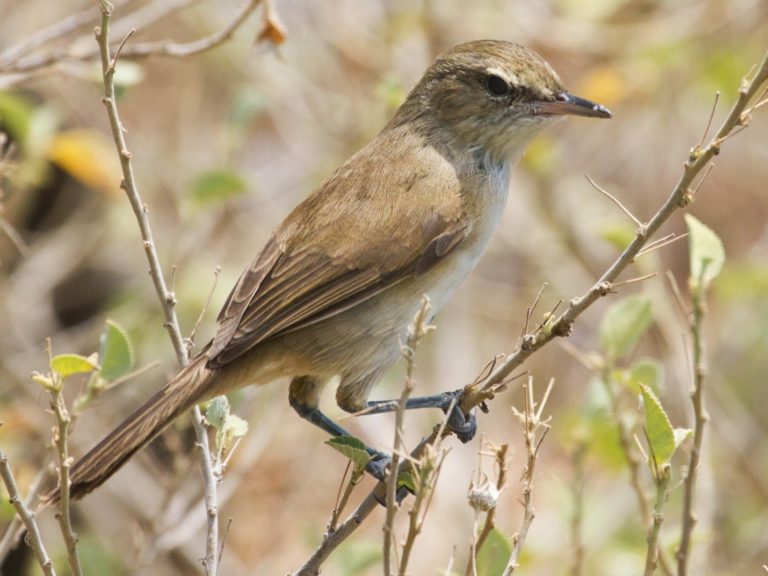
Millerbird—note short wings. (Nihoa, Hawaii; September 8, 2011.) © Eric VanderWerf

Millerbird—note short wings. (Laysan Island, Hawaii; September 19, 2012.) © Robby Kohley

Millerbird—note short wings. (Laysan Island, Hawaii; February 18, 2011.) © Cameron Rutt
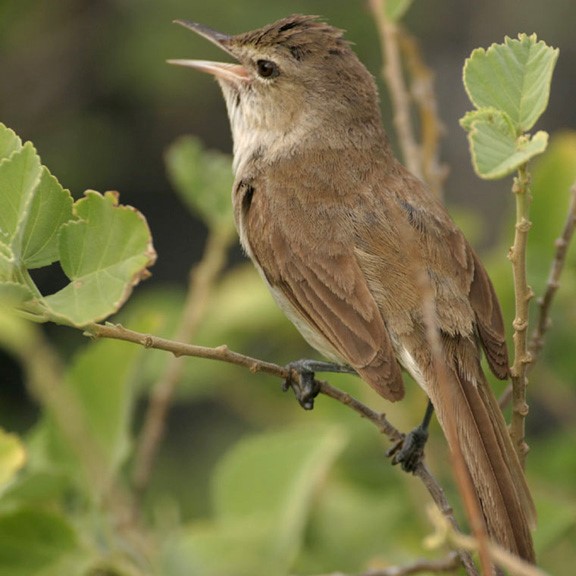
Millerbird—note short wings. (Nihoa, Hawaii; May 4, 2006.) © Mark MacDonald
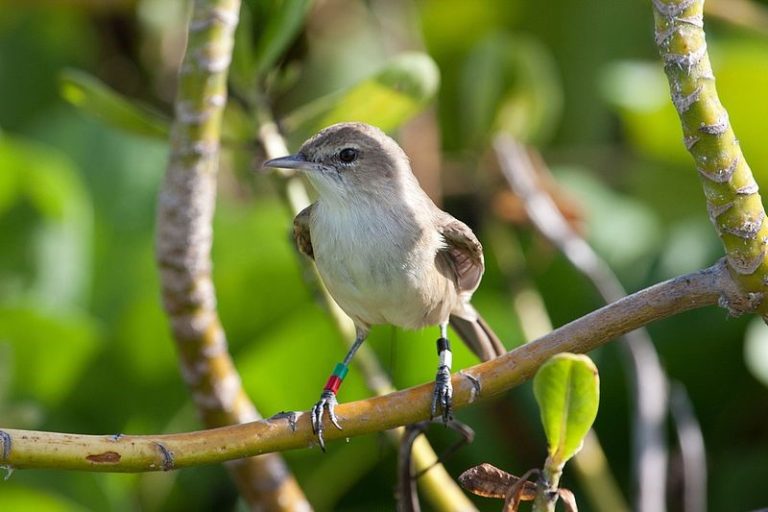
Millerbird. (Laysan Island, Hawaii; September 11, 2011.) © Robby Kohley

Millerbird—note short wings. (Nihoa, Hawaii; August 22, 2016.) © Robby Kohley
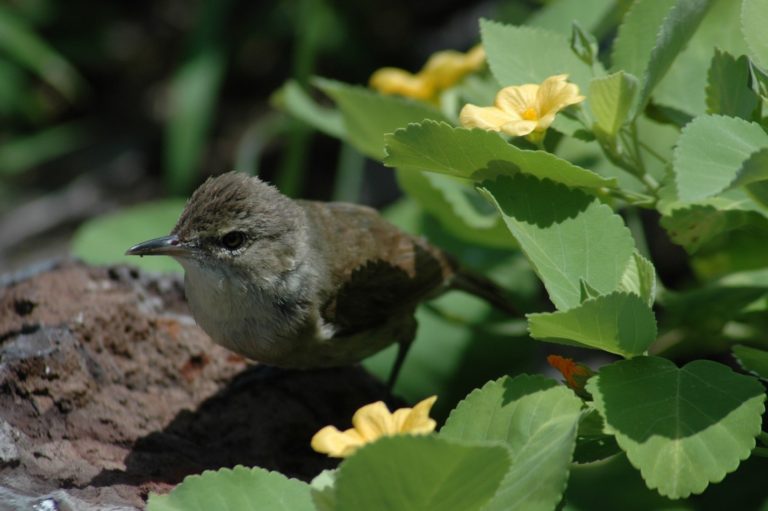
Millerbird. (Nihoa, Hawaii; May 5, 2006.) © Mark MacDonald
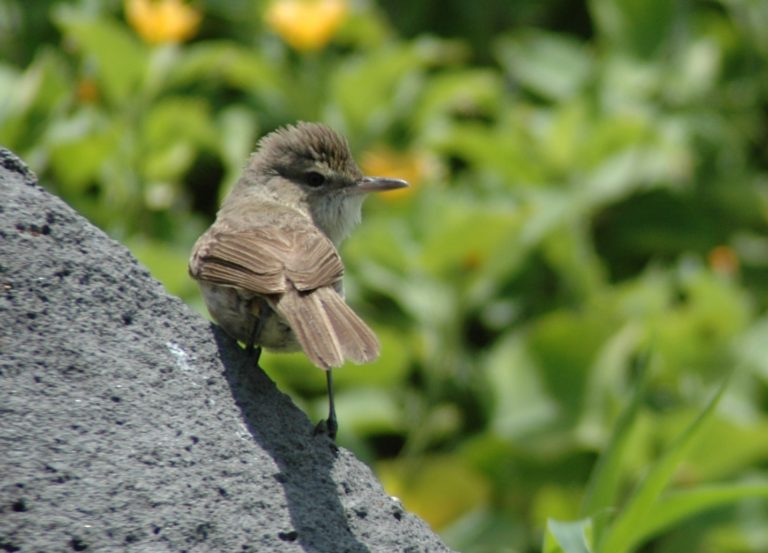
Millerbird—note short wings. (Nihoa, Hawaii; May 4, 2006.) © Mark MacDonald

Millerbird—note short wings. (Laysan Island, Hawaii; September 11, 2011.) © Robby Kohley
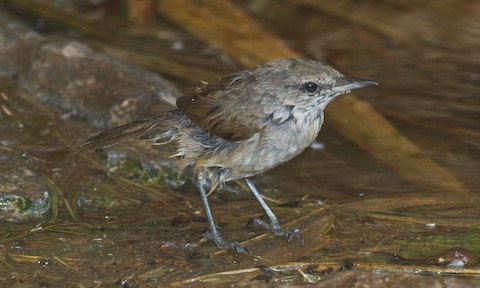
Millerbird. (Nihoa, Hawaii; September 8, 2011.) © Eric VanderWerf
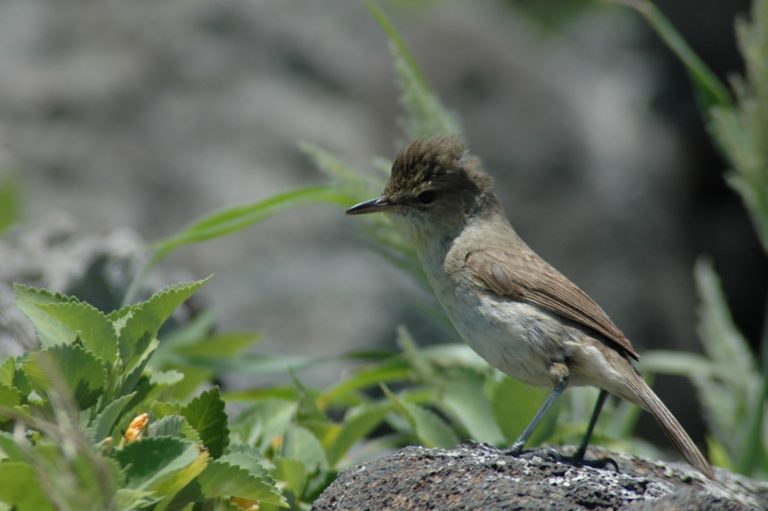
Millerbird—note short wings. (Nihoa, Hawaii; May 4, 2006.) © Mark MacDonald
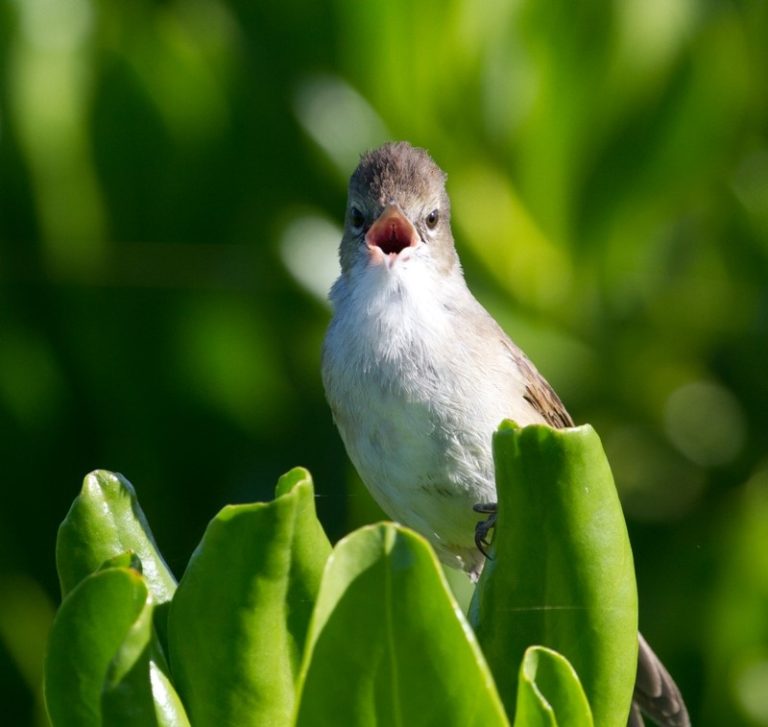
Millerbird. (Laysan Island, Hawaii; September 19, 2012.) © Robby Kohley

Millerbird. (Laysan Island, Hawaii; February 20, 2012.) © Cameron Rutt

“Nihoa Millerbird,” A. f. kingi, showing extensive yellowish wash on upperparts. (Nihoa, Hawaii; September 8, 2011.) © Eric VanderWerf
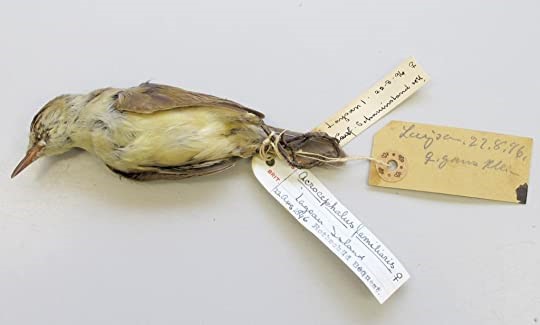
“Laysan Millerbird,” A. f. familiaris, showing extensive yellowish wash on underparts. (Natural History Museum at Tring Cat.1939.12.9.582; Laysan Island, Hawaii.) © Andrew Esposito
Voice. Song varies, but usually consists of brief repeated phrases, delivered very rapidly, and usually begins with one or more rough chek notes: Typical calls include a rough, squeaky scold note:
Notes
Polytypic species consisting of two subspecies that are potentially distinct forms or separate species: “Laysan Millerbird” (familiaris) and “Nihoa Millerbird” (kingi). The “Laysan Millerbird” went extinct between 1916 and 1923.
IUCN Red List Status: Critically Endangered.
References
BirdLife International. 2016. Acrocephalus familiaris. The IUCN Red List of Threatened Species 2016: e.T22714797A94427463. https://dx.doi.org/10.2305/IUCN.UK.2016-3.RLTS.T22714797A94427463.en. (Accessed June 14, 2020.)
Cibois, A., J.S. Beadell, G.R. Graves, E. Pasquet, B. Slikas, S.A. Sonsthagen, J.-C. Thibault, and R.C. Fleischer. 2011. Charting the course of reed-warblers across the Pacific islands. Journal of Biogeography 38:1963-1975.
eBird. 2020. eBird: An online database of bird distribution and abundance. Cornell Lab of Ornithology, Ithaca, N.Y. http://www.ebird.org. (Accessed June 14, 2020.)
Fleischer, R.C., B. Slikas, C. Atkins, C.E. McIntosh, and S. Conant. 2007. Genetic variability and taxonomic status of the Nihoa and Laysan Millerbirds. Condor 109:954-962.
Pratt, H.D., P.L. Bruner, and D.G. Berrett. 1987. A Field Guide to the Birds of Hawaii and the Tropical Pacific. Princeton University Press.
Pratt, H.D. 1993. Enjoying Birds in Hawaii: A Birdfinding Guide to the Fiftieth State (Second Edition). Mutual Publishing, Honolulu, Hawaii.
Pyle, R.L., and P. Pyle. 2017. The Birds of the Hawaiian Islands: Occurrence, History, Distribution, and Status. Version 2 (January 1, 2017). http://hbs.bishopmuseum.org/birds/rlp-monograph/. B.P. Bishop Museum, Honolulu, Hawaii.
VanderWerf, E.A., D.H. Tsukayama, F.A. Amidon, and W. Aldeguer. 2011. Nihoa Island biological monitoringand management, 2-16 September 2011.Unpublished report to the U.S. Fish and Wildlife Service. https://www.fws.gov/pacificislands/documents/Conservation%20and%20Restoration%20program/Nihoa%20reports/NIHOA_ISLAND_TRIP_REPORT_2011_FINAL.pdf.
